Unlocking the Riddle: The Impact of Dental Health on Bears
Published February 15, 2024
Ever wondered about the wildlife’s lighter side? Well, I’m here to tickle your funny bone with a question that’s been making the rounds. What do you call a bear with no teeth? It’s not just a riddle, but a fun way to learn about nature’s giants.
Packed with humor and a dash of educational value, this question has been a hit with kids and adults alike. It’s a great conversation starter, a perfect ice-breaker, and a fun way to engage with wildlife facts. So, let’s dive into the world of toothless bears and uncover the answer to this hilarious riddle.
The Riddle: What do you call a bear with no teeth?
Time to really dive into the heart of our discussion – the famous riddle that’s seemed to capture the imagination of both young and old. Everyone loves a good riddle and what do you call a bear with no teeth? has been a crowd-pleaser.
Riddles stimulate our minds, more so when they bring us closer to nature. Fun and education blend beautifully here as we explore the world of bears, specifically those sans teeth. Not just your average brain teaser, it’s an adventure into the wild!
It’s about unraveling the bear kingdom, understanding their lives and challenges. It evokes a sense of empathy towards the toothless bears. Imagine a carnivorous animal such as a bear without its powerful teeth. Tough isn’t it?
To get to our answer, we have to understand the importance of teeth in a bear’s life. Teeth play a crucial role in their survival – from catching and holding prey to tearing it apart and consuming it. Loss of teeth could be due to various reasons, like old age, disease, or injury.
As we go through the journey of unraveling our riddle, we’ll delve deeper into the fascinating world of bears. The world where they roam free, each day a struggle and every meal a victory.
And of course, all the while, we’re getting closer to finding the answer to our riddle. And who knows, in the process, we might just learn some surprising and wonderful facts about these magnificent creatures. I say, let’s keep digging, let’s keep learning. After all, the adventure’s only just begun!
The next stage of our journey takes us further into the bear’s world. And as we journey onwards, the answer to our riddle is slowly yet surely coming into view.
The Importance of Nature’s Giants
It’s no surprise that bears, or Nature’s Giants as I like to call them, are crucial for the environment. As one of the largest and most potent predators in the world, their presence in an ecosystem can highly influence the structure and function of their habitat.
Bears play essential roles as scavengers and law enforcement in the wild. They regulate smaller predator populations and keep the animal kingdom’s balance in check. They’re often attracted to the left-behind kills by other predators, ensuring that nothing goes to waste in nature.
Without bears in the wild, other animal species’ population can surge, which could potentially lead to the overconsumption of certain resources leading to an imbalance in the ecosystem.
When it comes to the health of a bear, teeth play a vital role. Dental health in bears directly influences their ability to survive and thrive. Missing teeth can potentially lead to malnourishment or even starvation. It’s currently not common for bears in the wild to naturally lose their teeth outside of old age. It’s a phenomenon that speaks volumes about bears and their resilience.
Understanding bears and their vital role in the environment leads us back to our riddle: “What do you call a bear with no teeth?” Strangely enough, the answer to this riddle revolves around humor rather than the bear’s toothless condition. But hey, who said learning about nature’s giants couldn’t be fun?
So, as we shift our curiosity from the grave reality of a toothless bear to the lighthearted riddle at hand, let’s keep exploring the fascinating world of bears …
The Humor and Educational Value of the Riddle
In a twist of things, this riddle isn’t exactly about the bear’s toothless state. So, what do you call a bear with no teeth? The answer is a gummy bear! Beyond being a fun play on words, it also serves up plenty of educational value.
First up, it’s a brilliant way to engage kids in both humor and nature education. Children are naturally drawn to humor, and puns are a form of it they find very amusing. By laughing at the riddle’s answer, they’re more likely to remember it and by extension, remember facts about bears.
With this riddle as an opener, you’ve got a golden opportunity to discuss the importance of dental health, not only for bears but all animals. For instance, as we learned, ageing bears can lose their teeth, leading to malnourishment or even starvation. We can compare this to how important our own dental health is, and how harmful effects could be if we don’t take care of it.
The next time you come across a tooth-related pun or toothache, remember our toothless bear friends and consider it a gentle reminder to brush your teeth.
As always, there’s so much more to learn and uncover. After all, nature, and especially the life of bears, is filled with fascinating facts and stories.
Engaging with the Riddle: A Great Conversation Starter
Riddles. They’re not simply a source of fun and entertainment. They’re fantastic tools for learning and engagement. Particularly when they’re about something profound like nature’s giants—the bears.
“What do you call a bear with no teeth?” This riddle, while indeed humorous, opens up avenues for a broader discussion. It’s not just about the punchline, it’s about the implications underlying it. A toothless bear is, indeed, a concept that gets us thinking about dental health in animals.
You see, for bears, the state of their teeth is as vital as their colossal strength in surviving the wild. Delving deeper, children—that are usually fascinated by bears—will soon realize that bears, like humans, can have dental issues. They can lose their teeth, just like us, which could lead to serious consequences. Here’s where it gets educational.
Start a conversation about bears on this note.
What could be the reasons for a bear losing their teeth? Predominantly, it’s because of their age. But it’s not so simple. Nutritional deficiencies, infections, injuries—there’s a lot more to it. Isn’t that intriguing? Discuss the importance of good nutritional habits using this context. That’s the role of food in maintaining dental health in the spotlight.
Move on to the environment.
How does a toothless bear manage in the wild? Does it become a burden for the ecosystem, or does it adapt to a toothless life? These are questions that can lead children into understanding the significance of each creature in ecological balance.
When we consider the bear’s role in controlling the predator population and maintaining balance in the wild, we realize how critical the condition of a single bear can be. Suppose a bear lost its teeth. It can no longer efficiently fulfill its role in the ecosystem. This realization subtly highlights how interconnected every organism’s health is in the grand scheme of natural balance.
So, as you see, a simple riddle about a bear’s teeth can help us understand more about nature’s workings.
Uncovering the Answer to the Riddle
Now that I’ve got you pondering the toothless bear riddle, it’s time to reveal the answer. So, what do you call a bear with no teeth? A “gummy bear”! It’s simple. It’s kid-friendly, and it comes loaded with a whole lot more meaning than you might initially realize. This innocent riddle can open up a plethora of discussions about animal health, especially dental health.
Dental health isn’t just crucial for people; it’s equally important for bears and other wildlife. A bear without teeth is at a severe disadvantage in the wild. They struggle with simple tasks we might take for granted such as eating, and in extreme cases, they could even starve. That’s pretty sobering stuff, even when you’re learning it from a lighthearted riddle about a gummy bear.
Dental Health and the Circle of Life
When you think about bears, images of powerful beasts might spring to mind. They’re apex predators and serve an important role in the ecosystem by keeping other animal populations in check. So, if one of these creatures loses its ability to perform its role effectively, that imbalance can ripple through the food chain, affecting the whole ecosystem.
Consider this, a bear with healthy teeth can consume about 20,000 calories a day during peak feeding times. Let’s compare this with a bear missing teeth which might struggle to consume even half that amount.
| Bear’s Dental Health | Daily Calorie Intake |
|---|---|
| Healthy teeth | 20,000 calories |
| Missing teeth | Less than 10,000 calories |
See if you can imagine the vast impact this nutritional shortfall could have. From this point, it’s no longer just about a bear missing a few teeth. It’s about the interconnectedness of life and the importance of dental health within that. You’d be surprised what insights you can derive from pondering a simple riddle. Tail-end of the article coming up next.
Conclusion
So there you have it. The simple riddle of a bear with no teeth being a “gummy bear” isn’t just a bit of fun. It’s a gateway to understanding the crucial role of dental health in wildlife. A bear’s toothless state can put its survival at risk and disrupt the balance of nature. As we’ve seen, dental health isn’t just important for us humans but for our furry friends in the wild too. It’s a testament to how interconnected life truly is. Let’s remember to value and protect all creatures and their roles in our world. Because every bear, toothed or toothless, plays its part in our ecosystem.

